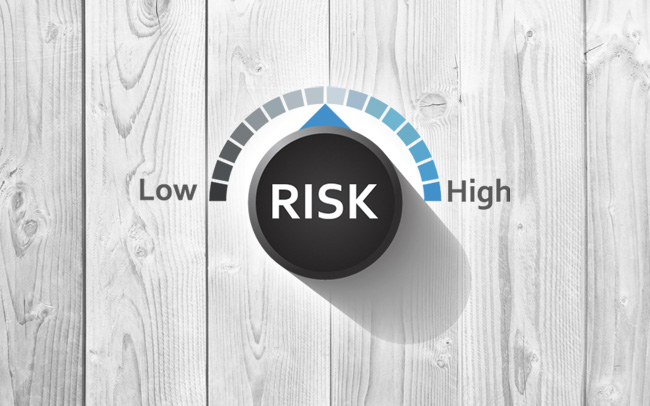
Building Trust With Customers Through Risk Management
Posted on 14th Jul 2020
Article by:
CEO of LogicGate, a GRC process automation platform that enables organizations to transform risk and compliance programs.
Warren Buffett famously said, “It takes 20 years to build a reputation and five minutes to ruin it. If you think about that, you’ll do things differently.”
I believe there is nothing more valuable for a person or company than reputation — and trust is the foundational piece upon which reputations are built. Trust is a critical component in our relationships with family, friends, significant others and business partners. It also influences another aspect of our professional lives: choosing with whom we conduct business. According to the 2019 Edelman Trust Barometer Special Report, respondents said that brand trust is one of the main factors they consider before buying something. In fact, 81% of those surveyed noted that they “must be able to trust the brand to do what is right.”
A business is nothing without the trust placed in it by its customers. Unfortunately, like Buffett observed, companies can lose this trust in an instant. Whether it's a data breach or unethical business practices, there are myriad ways companies can squander this invaluable asset.
While there are many ways to build trust with your customer, I believe risk management is one of the strongest ways to do so.
What Is Risk Management?
Before diving into how risk management can help build trust with your customers, let’s first cover what risk management is. Risk management is the process of identifying, assessing and controlling threats to an organization. These risks can vary greatly across organizations and even business units.
Consider a company that’s bringing on a third-party vendor to help execute noncore functions of the business. If the third-party vendor doesn’t have the proper data privacy measurements in place, customer information could be at risk due to mishandling. The same can be true when onboarding new employees. If a new employee doesn’t receive proper training, they may not recognize certain risks or understand how to mitigate them, leaving customers at risk. Risk management helps companies better assess risk and quickly control threats before they have the chance to impact the entire organization and its customers.
Building Trust With Customers
Customers have access to more information about the companies they interact with than ever before. In just a few seconds, customers can do a quick Google search to find information about a company’s products and services, their workplace culture and the causes they support.
With this mind, it’s never been more important for companies to be transparent. Consider going further than just industry certifications or standard assessments. Instead, be proactive in informing customers about risks the company faces and any lapses in security. For example, a risk manager might notice a potential breach in the company’s database. While the breach impacted only a few customers, the company would be remiss to not inform those customers on how the breach happened, how long the data might have been compromised and what the company did to mitigate the risk or resolve the issue.
Even before an event like a data breach happens, provide detailed information to customers on how the company mitigates risk and the procedures and processes in place to do so. Having an upfront conversation or a location where this information is stored for customers to access will help alleviate customer concerns and build trust in the company.
Communicating A Culture Of Risk
Lastly, companies must create a culture of risk. This means establishing a culture where all employees feel empowered and equipped to stamp out risks and raise concerns about security. At a minimum, you want to ensure all employees are up to date on the latest procedures and processes to mitigate risk. Additionally, you’ll want to secure buy-in from executives because the adoption of a risk culture starts at the top.
Building trust is no easy feat. Even well-established companies have the potential to mishandle a situation and lose trust from loyal customers. However, providing transparency into procedures, being proactive in informing customers of potential risk scenarios and establishing a culture of risk can help build and maintain that trust.
